Nobushige Sanada (Yukimura Sanada) is a Sengoku military commander who is called "the best soldier in Japan". In 2016, after the Taiga Drama "Sanada Maru", depicting the life of Nobushige Sanada, was broadcast on NHK (a public broadcaster in Japan), the popularity of Ueda Castle (上田城 / Ueda-jo) in Nagano Prefecture, which was the stage of Nobushige Sanada's life, took Japan by the storm. In this article, we will introduce this Ueda Castle that plays an important part of the Sanada family.
Index
- Masayuki Sanada and Yukimura (Nobushige) Sanada, representatives of the Sanada family
- Nagano Prefecture "Ueda Castle" where Ieyasu Tokugawa was defeated twice
- The revived Ueda Castle and the turrets that were sold and bought back
- Learn more about the Sanada family by visiting the "UEDA City Museum" and "Sanada Shrine"
Masayuki Sanada and Yukimura (Nobushige) Sanada, representatives of the Sanada family
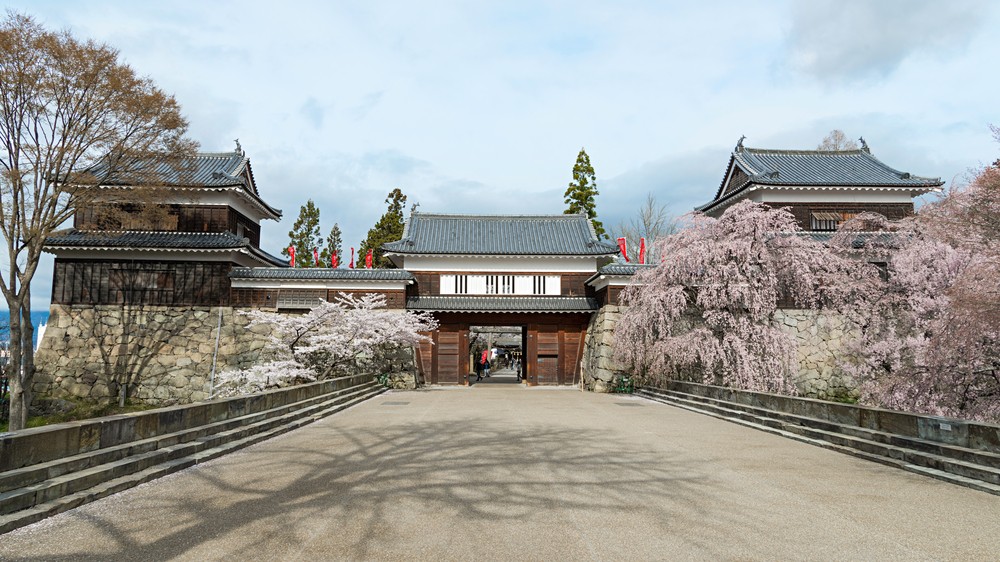
Before introducing Ueda Castle, we must first know about the Sanada family; the very family that built this castle.
The Sanada family was a samurai family in Shinano Province (信濃国 / Shinano no Kuni - now Nagano Prefecture). The founder of the family, Yukitaka Sanada, served Shingen Takeda in Kai Province (now Yamanashi Prefecture), but after a while the Takeda family weakened and was on the road to ruin. After the fall of the Takeda clan, Masayuki Sanada served under different influential masters one after another such as Nobunaga Oda, Ujinao Hojo, and Ieyasu Tokugawa in just half a year.
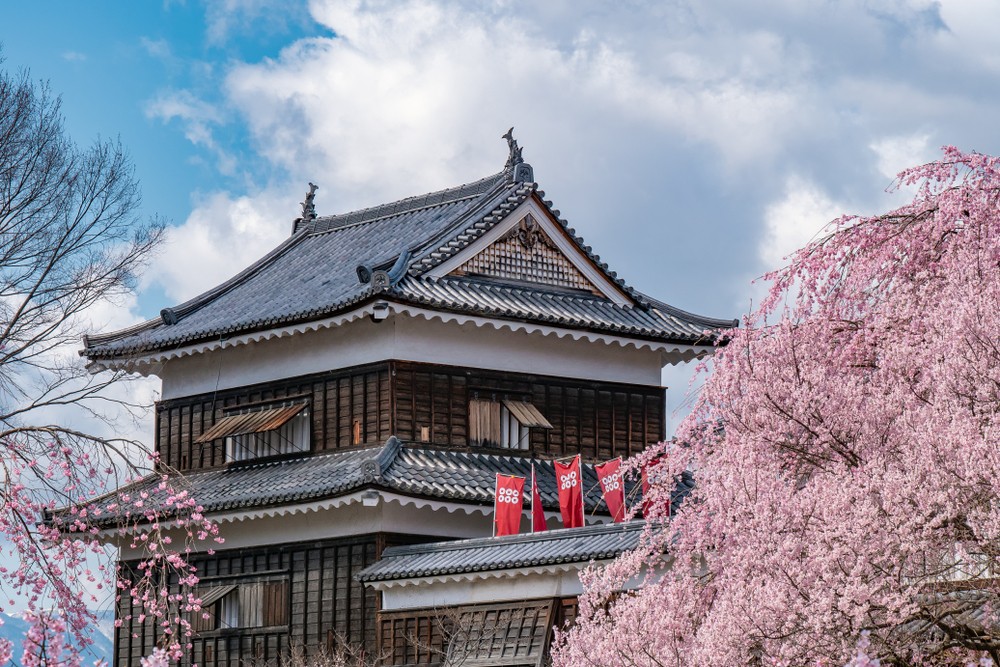
The most famous member of the Sanada family is Masayuki Sanada's second son, Nobushige (Yukimura*1) Sanada, who is highly praised as "the best soldier in Japan." Nobushige is now more famous by the name of Yukimura Sanada, and is a popular military commander who often ranks high in some "favorite Sengoku military commander" rankings.
In the last battle of his life, the Summer Siege of Osaka (1615), he led 2,000 soldiers and fought against the Tokugawa army of 7,000 soldiers, and cornered Tokugawa Ieyasu to the point of committing seppuku. Unfortunately, however, the tide of war eventually turned, and Nobushige Sanada met a heroic end. His story of bravery in this battle reached the ears of Tadatsune Shimazu, the lord of the Satsuma Domain who could not participate in it. It is said that Tadatsune Shimazu gave him the moniker "the best soldier in Japan" (日本一の兵 / Hinomoto Ichi no Tsuwamono).
*1: Nobushige Sanada signed under the name 'Nobushige' in existing historical materials, while no material during his lifetime with the name 'Yukimura' has been found.
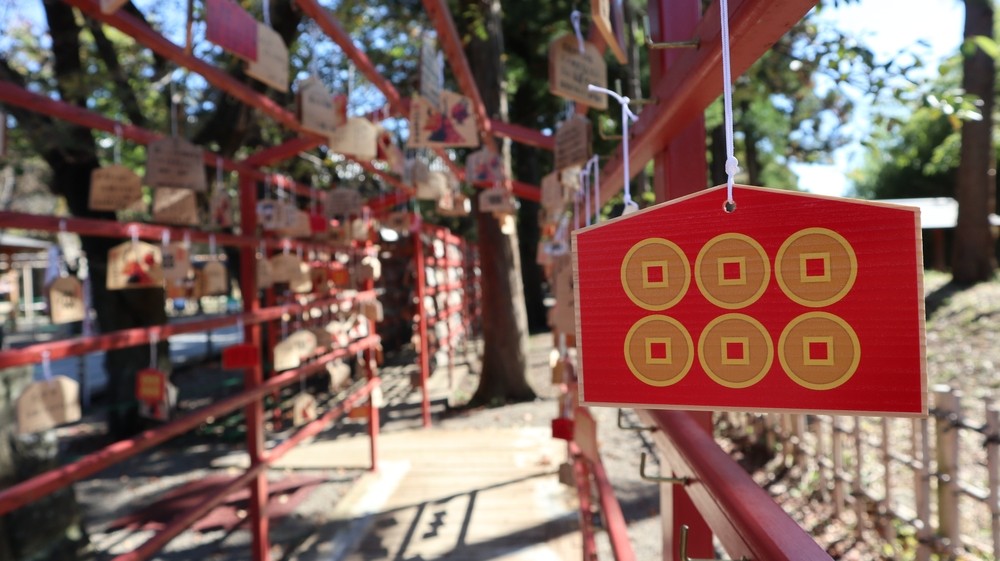
This story is deeply loved by Japanese people and has been the subject of many anime, manga, games, novels and stage plays. In the 2016 NHK Taiga Drama "Sanada Maru", Masayuki Sanada, Nobushige Sanada and his older brother Nobuyuki Sanada (真田信之, sometimes spelled as 真田信幸) generated a Sanada boom throughout the country. Ueda City, Nagano Prefecture is now full of souvenirs and travel pamphlets with motifs of the Sanada family crest "Rokumonsen" (六文銭 - six 'mon' coins) and the red armor that is the symbol of Yukimura Sanada.
Nagano Prefecture "Ueda Castle" where Ieyasu Tokugawa was defeated twice
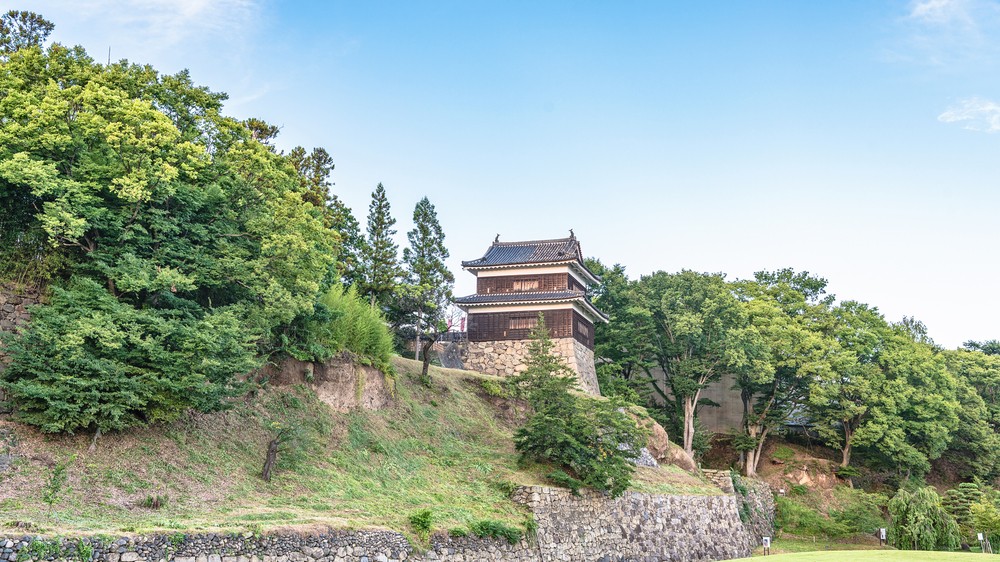
Ueda Castle was built by Masayuki Sanada in 1583 under the orders of Ieyasu Tokugawa. It was originally called Amagafuchi Castle (尼ケ淵城 / Amagafuchi-jo) because it was built in Amagafuchi, a tributary of the Chikuma River, in the center of the Ueda Basin. Ueda Castle is moated by the Chikuma River to the south and the Yadesawa River to the north and west. So if the enemy were to attack Ueda Castle, they would have to come from the wetlands to the east. For that reason, Ueda Castle is known as an easy-to-defend and difficult-to-invade castle. Even Ieyasu Tokugawa who ordered the construction himself was defeated twice when attacking.
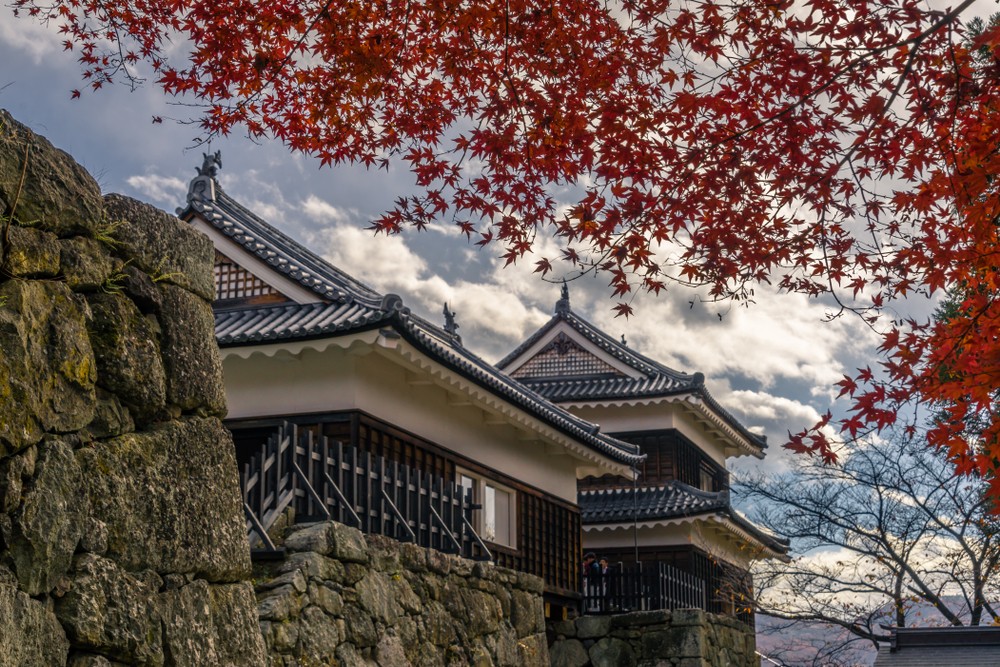
But why did Ieyasu Tokugawa attack the castle he himself ordered to build? This is because after the fall of the Takeda clan, Masayuki Sanada kept following those with power like weathervane following the winds, such as serving the Hojo clan and immediately transferred to the Tokugawa clan.
Ueda Castle was originally built by the Sanada family to march against Kagekatsu Uesugi when it was under the control of the Tokugawa. Later, Ieyasu Tokugawa ordered Ueda Castle to be handed over to Ujinao Hojo, but Masayuki Sanada refused. This caused the first battle of Ueda (1585) and the second battle of Ueda (1600). Tokugawa was defeated in these two battles.
Ueda Castle is the only castle in Japan that has such a history of winning twice in two battles, making it an impregnable castle both in name and reality. Moreover, Ueda Castle is not only one of the pilgrimage destinations for Nobushige Sanada fans, but is also highly praised by Japanese castle fans. In various castle-related rankings, the name of Ueda Castle is always ranked high.

Ueda Castle has been ruled by three samurai families. Of the three families, the Sanada family ruled for the shortest period, only 40 years. However, the story of the Sanada family was so turbulent that it overshadows of the Sengoku family and the Matsudaira family. In 1871, there was the abolition of feudal domains and establishment of prefectures, and Ueda Castle was officially abandoned in 1874.
The revived Ueda Castle and the turrets that were sold and bought back

When the castle was abandoned, two of the seven turrets (櫓 / Yagura) of Ueda Castle were bought and handed over, leaving only one (the current west turret) standing while others were dismantled. Thanks to the appeals of Ueda citizens, the city council and ward mayor at the time organized the "Ueda Castle Preservation Society". They bought back the sold south and north turrets, and the restoration of Ueda Castle was completed in 1949. In 2018, an anonymous citizen donated 1 billion yen to restore Ueda Castle to its former glory. The day when the remaining four turrets will be restored and we will be able to see the fully restored Ueda Castle might not be far.

The current Ueda Castle is a national Historic Site and one of Japan's top 100 castles. Cherry blossom eventn in spring and autumn foliage events in autumn are held in the castle park. While the scenery is all spectacular, the red foliage is reminiscent of Sanada's armor, may be the most suitable time to visit if you are fans of Sanada family.
Learn more about the Sanada family by visiting the "UEDA City Museum" and "Sanada Shrine"
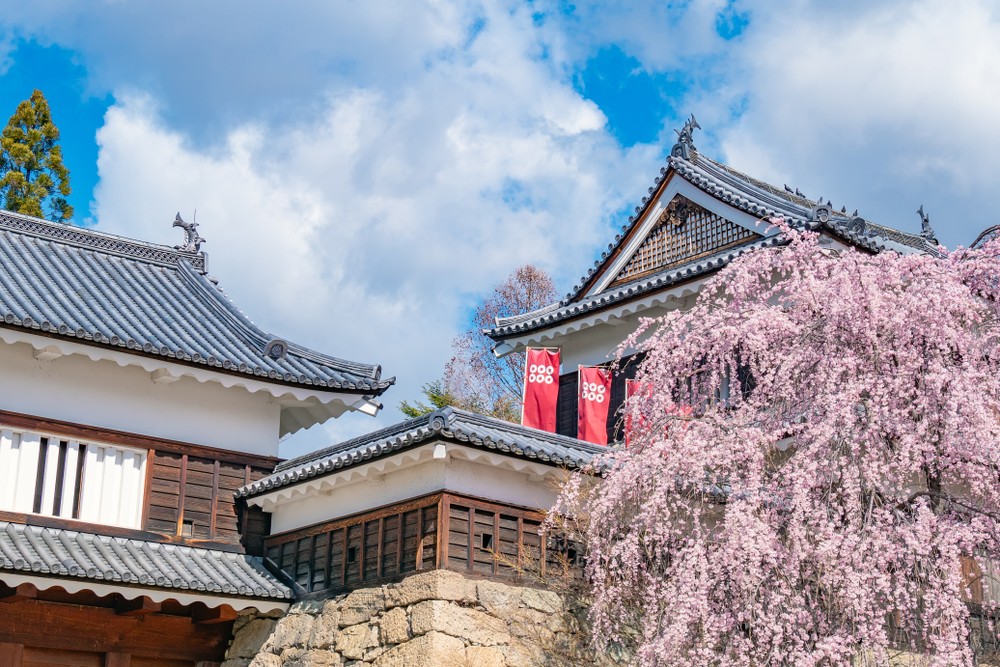
Sanada Shrine (真田神社 / Sanada Jinja) now stands where the honmaru (main enclosure) of Ueda Castle used to be, and enshrines the successive lords of the castle, the Sanada, the Sengoku, and the Matsudaira families. Many of the goods sold at shrines have the motif of the Sanada family crest, "Rokumonsen". In addition, the "UEDA City Museum" (上田市立博物館 / Ueda Shiritsu Hakubutsu-kan) in the castle grounds exhibits materials related to the Sanada family. The welcoming warlords corps, "Shinshu Ueda Omotenashi Bushotai: Yukimura Sanada and Ten Brave Warriors" also appear irregularly in Ueda Castle. If you encounter these warlords, don't be shy and greet them. They will introduce you this famous castle!
Ueda Castle (上田城 / Ueda-jo) / Ueda Castle Ruins Park (上田城趾公園 / Ueda Shiroato Koen)
- Address: 6263 Ninomaru, Ueda City, Nagano Prefecture
- Opening hours: Free to visit at any time
- Access: About 12 minutes on by walk from JR Ueda station
UEDA City Museum (上田市立博物館 / Ueda Shiritsu Hakubutsu-kan)
- Address: 3-3 Ninomaru, Ueda City, Nagano Prefecture
- Business hours: 09:00~17:00 (Last admission 16:30)
- Admission fee: 300 yen for adults, 200 yen for students, 100 yen for elementary and junior high school students
- Closed: Every Wednesday, New Year holidays (December 29th to January 3rd), the day after a national holiday (the following day if the national holiday falls on a Wednesday)
- Access: Approximately 12 minutes on foot from JR Ueda Station
*The Ueda Castle Turret requires a separate entrance fee of 300 yen. You may purchase the "UEDA City Museum/Ueda Castle Turret Set Ticket" (500 yen) for visiting both spots. The Ueda Castle Turret is closed during winter from mid-November to the following March (except for some dates). Please see the official website for closed days.
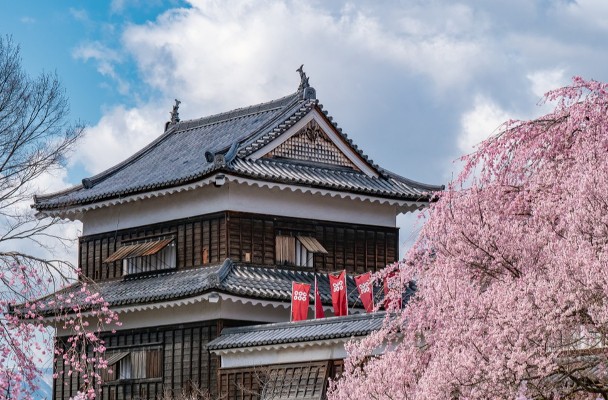
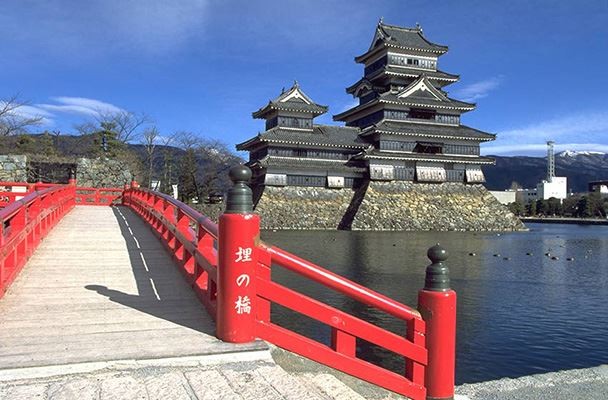
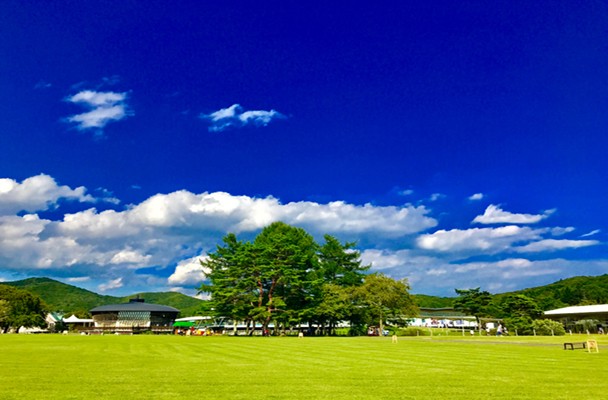
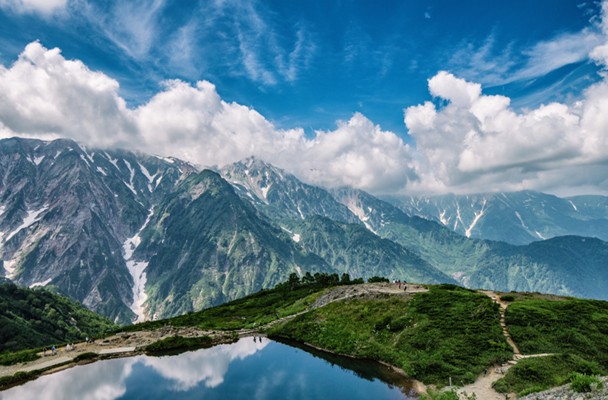
Comments